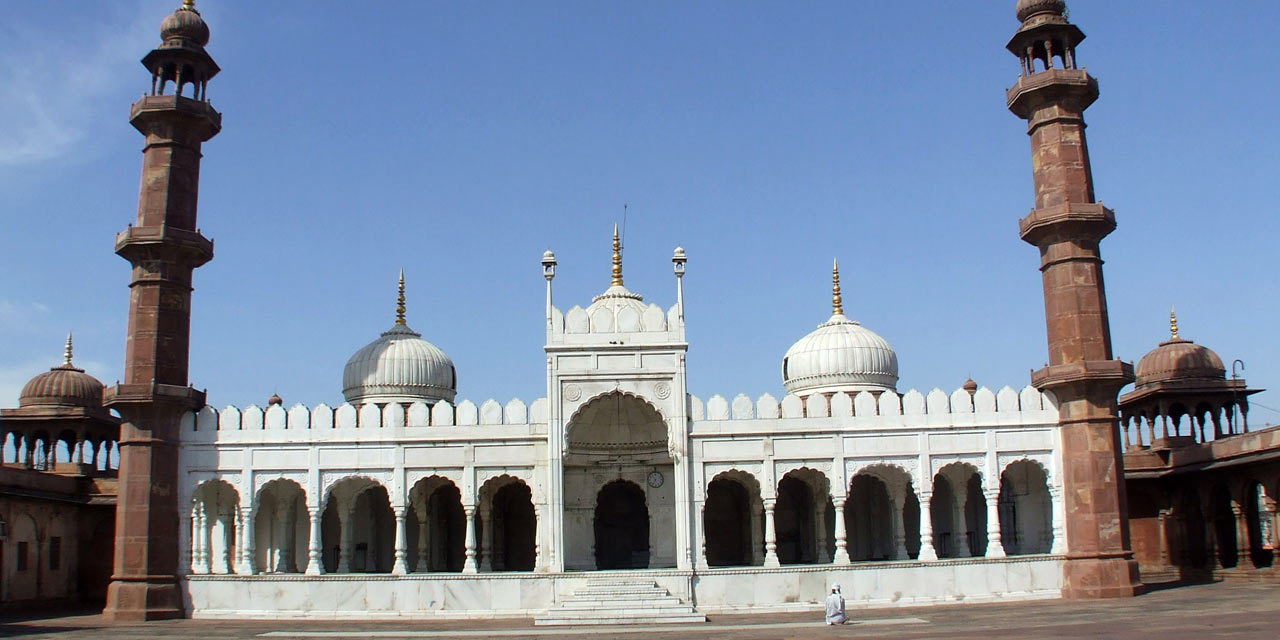In recent years, India has witnessed a rapid transformation in the face of its urban landscape. This transformation has come at a cost- the loss of several architectural gems that were once an intrinsic part of the Indian heritage. India is nothing if not for its monuments. While the country that’s seen so many regimes, changes under the crown of many different countries, it has enveloped the architectural traditions of these past monsters to amalgamate something novel.
As one sets out to explore the cities of India, it’s a quick realization that the landscape is in a state of constant flux. The bustling metropolis of Mumbai, with its glittering skyscrapers and chock-a-block streets, are almost unrecognizable from the Mumbai of older days. And yet, amidst that glitter and chaos, it is common for people to find themselves lamenting the loss of the city’s beautiful Art Deco buildings that were once a hallmark of its architectural landscape.
Sadly, it is not just Mumbai that is facing this issue. All over India, beautiful buildings are being razed to make way for cookie-cutter structures that are often unremarkable and devoid of character. The reasons behind this demolition mania are complex and varied- from property developers looking to make a quick buck to urban planners who believe that modernization necessitates destruction of the old. Another reason and the more pernicious seeping one is the forceful erasing of history. The monuments are a testament to the transpirations that happened on this piece of earth, truly the first foundations to these buildings are the conspiracies that led to the need of creating these edifices. To mark that they had come, conquered and they changed this little leg of the universe somewhat. After all no one builds a house to leave it empty. Whatever the reason, the cultural implications of this destruction are significant and cannot be ignored.

The first thing that strikes about the disappearing architectural gems of India is their historical significance. India is a land with a rich and diverse history, and its buildings are a testament to this heritage. Be it the grand Mughal monuments of Delhi, the beautiful Rajasthani havelis, or the charming colonial buildings of Kolkata, India’s architectural treasures are a reflection of its past. By destroying these buildings, we are not just losing a physical structure- we are losing a piece of our cultural identity.
It is not just the historical significance of these structures that is at stake. At a time when globalization is threatening to homogenize the world’s cultures, the disappearance of Indian architectural gems is a blow to cultural diversity. The beauty of these buildings lies in their unique blend of Indian and Western styles- be it the Indo-Saracenic architecture of the Victoria Terminus in Mumbai or the fusion of Hindu and Islamic styles in the Moti Masjid of Bhopal. These buildings are a manifestation of India’s cultural diversity, and their loss is a loss for the world at large.
But it is not just the cultural implications of this destruction that is of concern. The destruction of these buildings is also indicative of a larger problem- the prioritization of profit over people. In a country where economic growth is often viewed as the panacea for all problems, the needs and wants of ordinary citizens are often sidelined in favor of those who hold the purse strings. The demolition of old buildings to make way for new structures is a prime example of this trend. For the average citizen, these buildings are not just monuments of cultural heritage- they are often homes, community centers, or places of worship. By destroying these structures, we are robbing people of their sense of belonging and community.

Moreover, the demolition of these buildings often serves to exacerbate existing inequalities in society. The areas where these buildings are being razed are often low-income or working-class neighborhoods, where people have limited resources to fight back. In many cases, these demolitions are carried out without due process or consultation with the people who will be affected. The result is a situation where the powerful dictate the terms of development, without any regard for the needs and wants of those who will bear the brunt of their decisions.
And yet, amidst all this bleakness, there are glimmers of hope. There are organizations and individuals who are fighting to preserve India’s architectural heritage. Whether it is the Indian National Trust for Art and Cultural Heritage (INTACH), which works to conserve historic buildings and sites across the country, or the citizens of Mumbai who have rallied against the destruction of their beloved Art Deco buildings, there are people who are willing to fight for what they believe in.
It is not too late to reverse the tide of destruction that is sweeping across India’s architectural landscape. To do so, however, we need collective action and a recognition of the value of these buildings beyond their monetary worth. We need to view these structures not just as physical entities but as repositories of our collective memories and identities. Only then can we hope to halt the demolition mania that is threatening to erase our history and culture.
Sumaiya Shakil is a student pursuing English Literature from Jamia Millia Islamia.
Edited by: Rutba Manzoor






GIPHY App Key not set. Please check settings